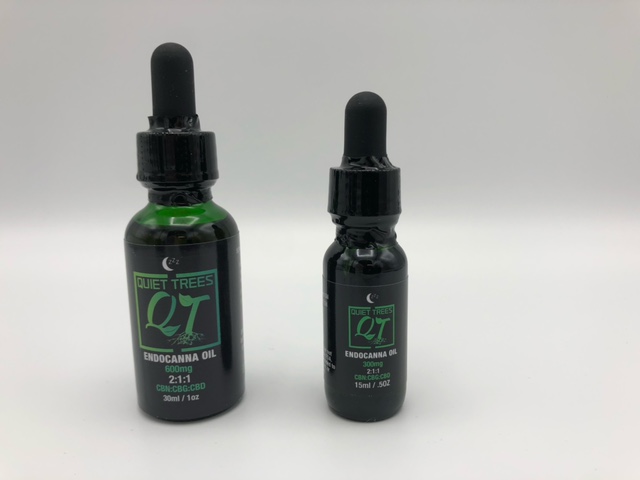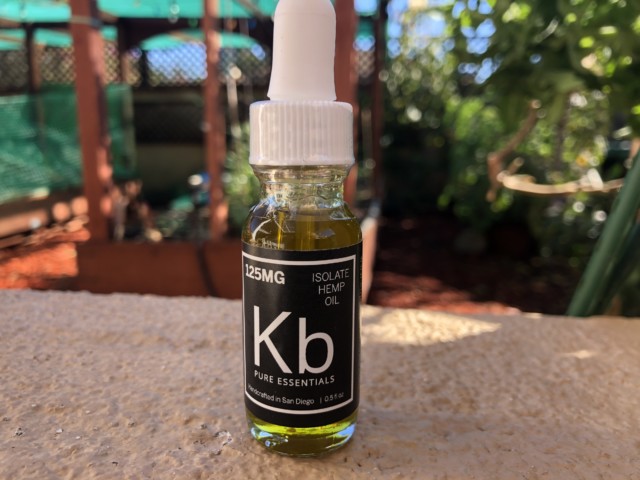In recent years, the popularity of Cannabidiol, or CBD, has skyrocketed as more people explore alternative wellness options. With claims of its potential benefits ranging from anxiety relief to pain management, understanding the science behind CBD is crucial for anyone considering its use. Let’s delve into the mechanisms that make CBD a fascinating subject in the world of health and wellness.
The Basics of CBD
CBD is a cannabinoid, a chemical compound found in the hemp plant. Unlike its infamous cousin, THC (tetrahydrocannabinol), CBD doesn’t induce the psychoactive “high” commonly associated with hemp use. Instead, it interacts with the endocannabinoid system (ECS) in the human body, a complex cell-signaling system that plays a crucial role in maintaining homeostasis.
Unlocking the Endocannabinoid System
The ECS consists of receptors, endocannabinoids, and enzymes. CBD interacts primarily with two types of receptors in the ECS: CB1 receptors, which are mainly found in the central nervous system, and CB2 receptors, primarily present in the peripheral nervous system and immune cells. By interacting with these receptors, CBD influences various physiological processes, including mood, appetite, and pain sensation.
Balancing Act: CBD and Homeostasis
One of the key roles of the ECS is to maintain balance or homeostasis in the body. When there is an imbalance, whether due to stress, injury, or illness, the ECS kicks into action. CBD is believed to enhance the ECS’s natural ability to restore balance by modulating the activity of its receptors.
For example, in cases of chronic pain, CBD may reduce inflammation and alleviate discomfort by interacting with CB2 receptors in the affected areas. Similarly, in situations of heightened anxiety, CBD’s impact on CB1 receptors in the brain may contribute to a calmer state of mind.
CBD and Neurotransmitters
Neurotransmitters are chemical messengers that transmit signals between nerve cells. CBD has been shown to influence neurotransmitter activity, particularly serotonin, commonly known as the “feel-good” neurotransmitter. By interacting with serotonin receptors, CBD may contribute to mood regulation and potentially offer relief for conditions like depression and anxiety.

The Entourage Effect
CBD doesn’t work alone. It is part of a spectrum of compounds present in the hemp plant. The entourage effect is the synergistic interaction of these compounds, enhancing the overall therapeutic effects. While CBD is the star player, terpenes, flavonoids, and other cannabinoids contribute to the plant’s holistic benefits.
Navigating CBD Products
Understanding how CBD works is only part of the equation; choosing the right CBD product is equally crucial. From oils and tinctures to edibles and topicals, the market is flooded with options. Factors like product quality, dosage, and individual health conditions should guide consumers in selecting the most suitable CBD product for their needs.
Conclusion: A Promising Frontier
As research on CBD continues, its potential applications in the field of health and wellness are continually expanding. From managing chronic pain to improving sleep quality and addressing mental health concerns, the science behind CBD offers a glimpse into a promising frontier of natural remedies. If you found this article useful, you may also visit Elevated Magazines to read more about the science behind CBD.
Incorporating CBD into one’s wellness routine is a personal decision, and consulting with healthcare professionals is advisable, especially for individuals with underlying health conditions or those taking medication. As we unlock the mysteries of the endocannabinoid system, CBD’s role in promoting balance and well-being is becoming clearer, making it a compelling subject in the ever-evolving landscape of alternative health solutions.








